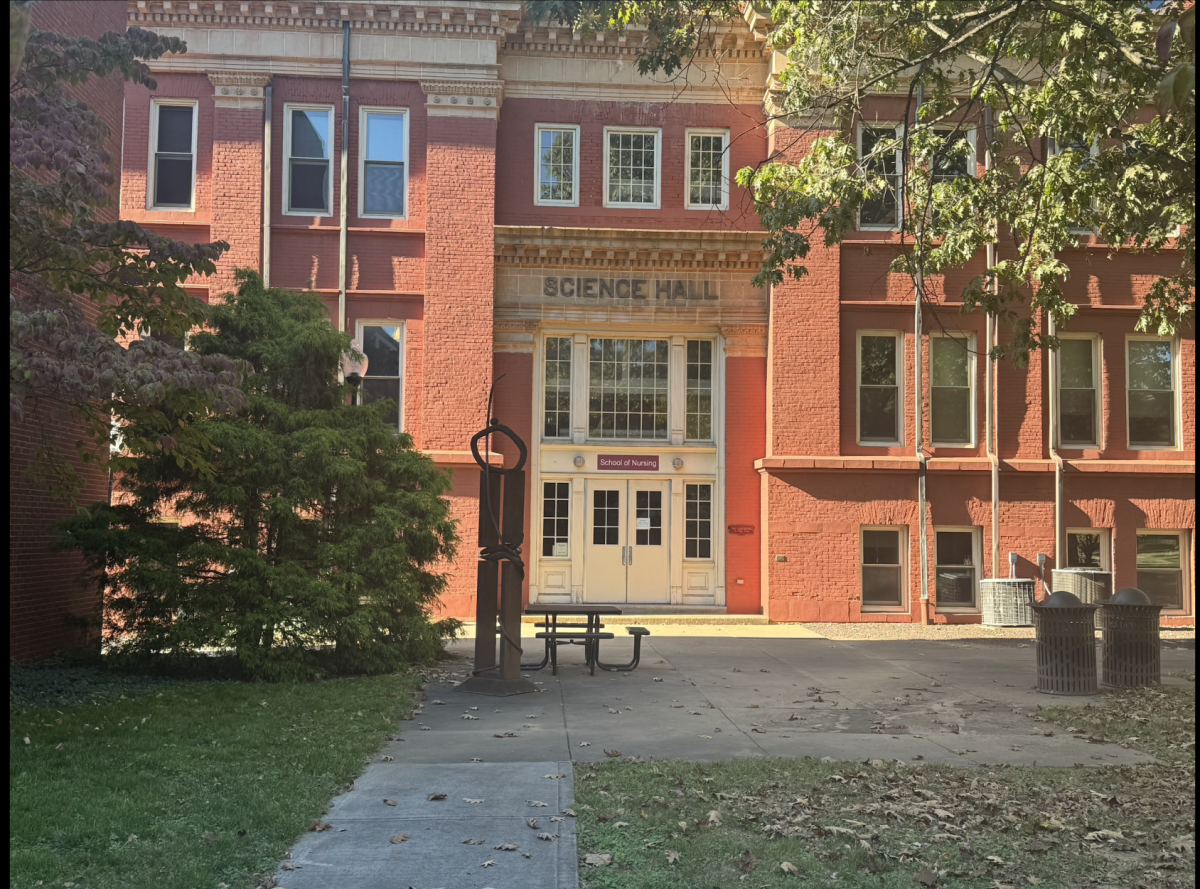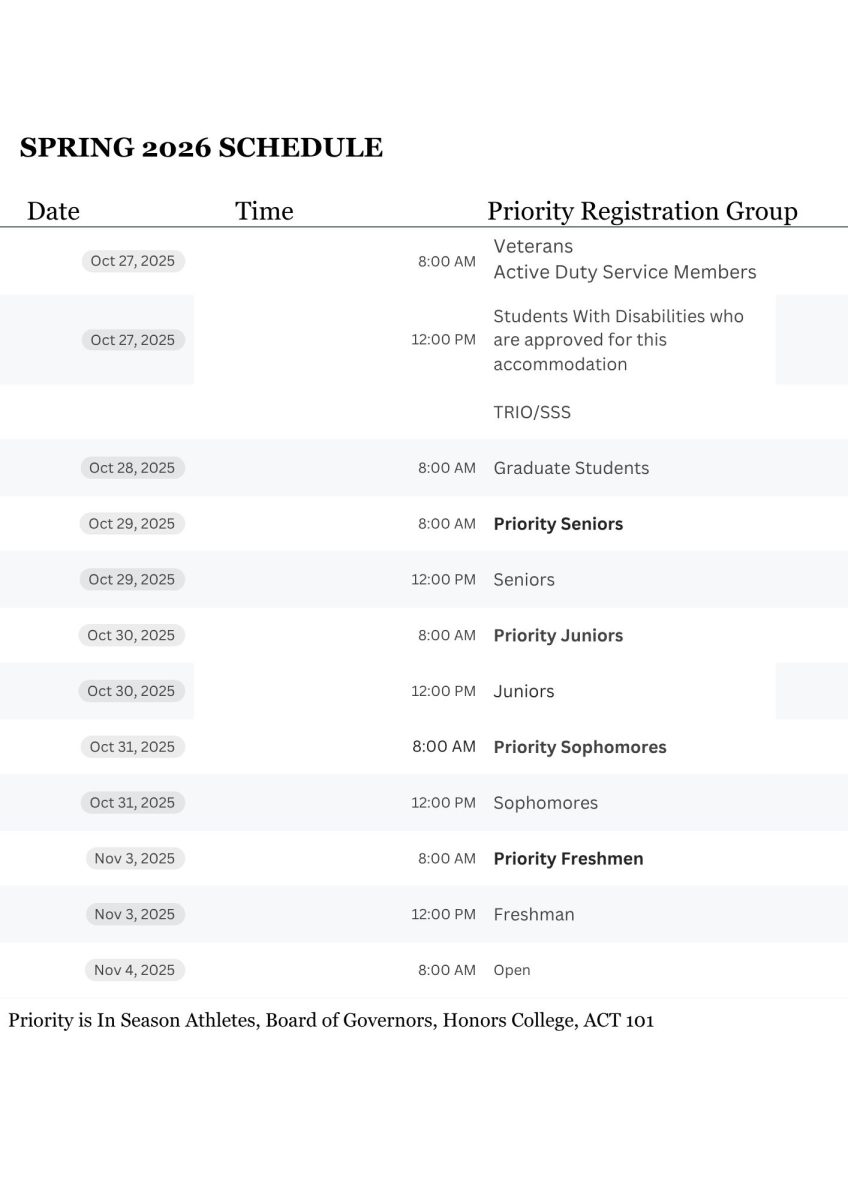Since we first reported on the $10.4M Commonwealth U deficit Feb. 18, people have been talking about the financial state of the merged university. Some have brought up their concerns directly. Others, we’ve overheard in the university’s common areas. Yet, a dark cloud of silence over the matter has stormed over from the administration.
Throughout public areas, classrooms, and other parts of campus, many faculty, staff, and students are discussing the financial state of the university from my observation. Many faculty members were supposedly unaware of the deficits, facing an alleged lack of communication, in addition to the students and other staff members.
During the faculty and staff town hall meeting on Tuesday, Feb. 27 in the Gross Auditorium of Carver Hall, President Bashar Hanna addressed the financial gloom with reassurance that “we are okay.” Dr. Hanna, who spoke to the three campuses from Lock Haven over Zoom, addressed that there had been a “predicted $7.1 million deficit” already in place and that a merger is going to take time.
A financial update was second on the agenda according to the corresponding slide deck shown in the auditorium during the meeting. Yet, the update was brief especially with the absence of Eric Ness, the vice president for fiscal affairs and chief financial officer, raising possible concerns of transparency.
The most evident aspect, from my point of view, was the immediate reassurance from Dr. Hanna at the start of the meeting and the gloss-over of a financial update.
What happened?
Recently, I dove into the financial planning and management side of higher education, especially within the local Bloomsburg campus community and the integrated CU. On Thursday, Feb. 15, I was fortunate enough to meet with Ness to grasp a clear understanding of our current financial state. His advisory was beyond helpful, informative and upfront as he took the time to truly make sure I understood each aspect of information provided.
Within our Zoom-based meeting, I was presented with the “Commonwealth University High Risk Update” that was taken on Dec. 18, 2023, according to the slide deck provided by Ness. Along with that information, he was able to answer a series of questions to help me report to the public precisely.
The questions addressed a range of financial topics pertaining to Commonwealth University and its campuses, such as revenue sources, spending developments, budget allocation, and salary structures. I learned more about the university’s budgeting procedure, the allocation of funds for staff wages, and the sources of money for upkeep and reconstruction from the responses and supporting materials that were sent. Most importantly, I learned about Commonwealth University’s financial situation.
Within the information I discovered that Commonwealth University’s finances worsened, which I reported on in “CU deficits slips $3 million deeper in the red”. The integrated university now faces a $10.42 million deficit which is up $3 million from September. Administrators may need to cut student aid and other funding due to financial strain. All-in-all, a possible level of concern is at hand whether it is from the public or the administration.
However, Bloomsburg University, pre-merger had under a $1M deficit; pre-pandemic, less than $600,000. This information shows the major jump in from black to red.
Why is this important?
Examining the financial planning and management practices of Commonwealth University has shown alarming trends. As per the most recent report titled ‘CU deficits slip $3 million farther in the red,’ the university’s deficit has significantly increased to $10.42 million. “We are in the red”, Ness said plainly on Feb. 15.
This is important because the merger was put in place to assist the other schools combining with the Bloomsburg campus, the safety net of the integration. However, the accumulated debt from the prior installation of Mansfield dorms and other contributing factors have set the financial state in a negative direction.
With talk increasing through the public, the administration is left with few words to say. Being a public institution that responds to the general public, the university must be transparent about every aspect of the merger. Every member of the Commonwealth community plays a crucial role in this unity of three campuses, but all must be informed together to unite as one.
This information emphasizes how critical it is to comprehend the financial obstacles ahead, especially given the impending possibility of budget cuts, which could result in lower financing for education and other necessities. This is no time for a silent period.





















